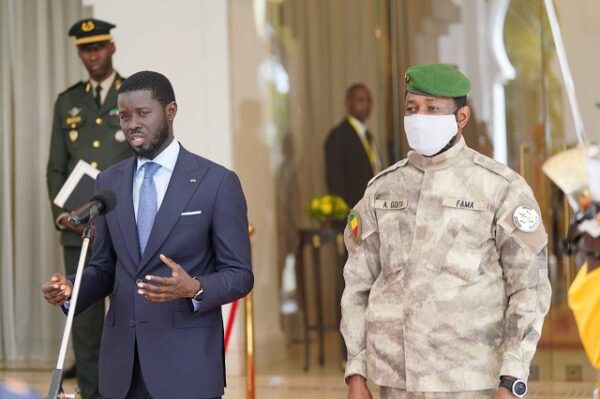On August 20, 2025, Mali requested the regional public debt market of the UEMOA to mobilize 20 billion CFA francs. The operation, which combined Treasury bills and assimilable bonds, generated a demand of 23.09 billion CFA francs, representing a coverage of 115%. Ultimately, Bamako chose to raise 18.79 billion, below its initial target.
Behind these technical figures lies a strong political and economic reality: the CFA franc and the financial integration of the UEMOA provide states with a unique lever of resilience in Africa.
*Higher demand than supply*
The breakdown of the instruments is revealing:
T-Bills (364 days): 13.12 billion CFA francs raised, average yield of 8.5%.
Bonds (3 years): 5.59 billion, yield of 9.2%.
Bonds (5 years): only 0.07 billion, yield of 7.6%.
In clear terms, regional investors responded positively. Furthermore, the demand exceeded the supply, indicating tangible confidence in the Malian signature.
*Regional solidarity in numbers*
Another major lesson is the origin of the subscriptions. Senegal leads with 9.05 billion, followed by Burkina Faso (3.73 billion), Côte d’Ivoire (2.96 billion), and Benin (2.53 billion).
This support from neighboring countries shows that the UEMOA is not just a monetary union: it is also a community of financial solidarity. When a state faces cash flow tensions, it can turn to its peers to raise funds, under much more favorable conditions than on international markets.
This possibility of intraregional financing is a specificity of the CFA franc. Countries like Guinea, Ghana, or Sierra Leone do not have access to such a mechanism. They depend either on their domestic markets, often narrow, or on foreign investors demanding very high rates. The result: increased vulnerability and unsustainable financing costs.
In comparison, Mali was able to mobilize nearly 19 billion in a single operation thanks to its UEMOA partners. This demonstrates that monetary and financial integration is not a constraint, but a collective assurance.
*The CFA franc, more than a currency*
The debate on the CFA franc is often reduced to an ideological question: colonial currency or not? But in practice, it is a living tool of cooperation and stability. The Malian operation is a shining example of this.
Beyond price stability, the CFA franc allows:
– risk pooling,
– attracting regional investors,
– and providing states with a financing solution in case of budgetary tension.
The Malian issuance on August 20 illustrates a fact that many observers neglect: the CFA franc is not a static relic of the past, but an African instrument of integration and resilience. In a world where financial and political crises are recurrent, the ability of a country like Mali to mobilize nearly 19 billion CFA francs in the midst of uncertainty, thanks to the solidarity of its neighbors, is a rare strength.
The CFA franc is not just a currency: it is a collective strategic tool, ensuring that unity is strength.
About
Prof. Amath Ndiaye is a prominent Senegalese economist, holding a Doctorate in Economics from Cheikh Anta Diop University in Dakar (2001) and a Doctorate in Development Economics from the University of Grenoble, France (1987). Since 1987, he has been teaching at the Faculty of Economics and Management of Cheikh Anta Diop University in Dakar. A recognized expert, he has collaborated with prestigious institutions such as the African Development Bank, the World Bank, and the IMF, specializing in exchange rates, economic growth, and institutional development. He was an expert member of the steering committee of the African Union Commission for the Creation of the African Central Bank. Prof. Ndiaye is the author of numerous influential publications, particularly on exchange rate regimes and economic growth in West Africa. Trilingual, he is fluent in Wolof, French, and English.


